If you have stayed at Isla Palenque, sure enough, you will have met “Chava” (Jose Chavaría). He started as a tourist guide almost four years ago and today he is our Experience & Sustainability Manager.
Over the years, while trailing the island’s primary and secondary forest, Chava has met five of his island friends. Each one has come to him at different points throughout his journey at Isla Palenque. Most of them are over 150 years old. That’s almost twice the average life expectancy in Panama.
Meet Foncho, Mufasa, Pana, Cedro and Orejas. They are the mother trees of Isla Palenque’s rainforest. Together, they have over 500 years of wisdom and have left Chava with countless moments of awe and reflection.
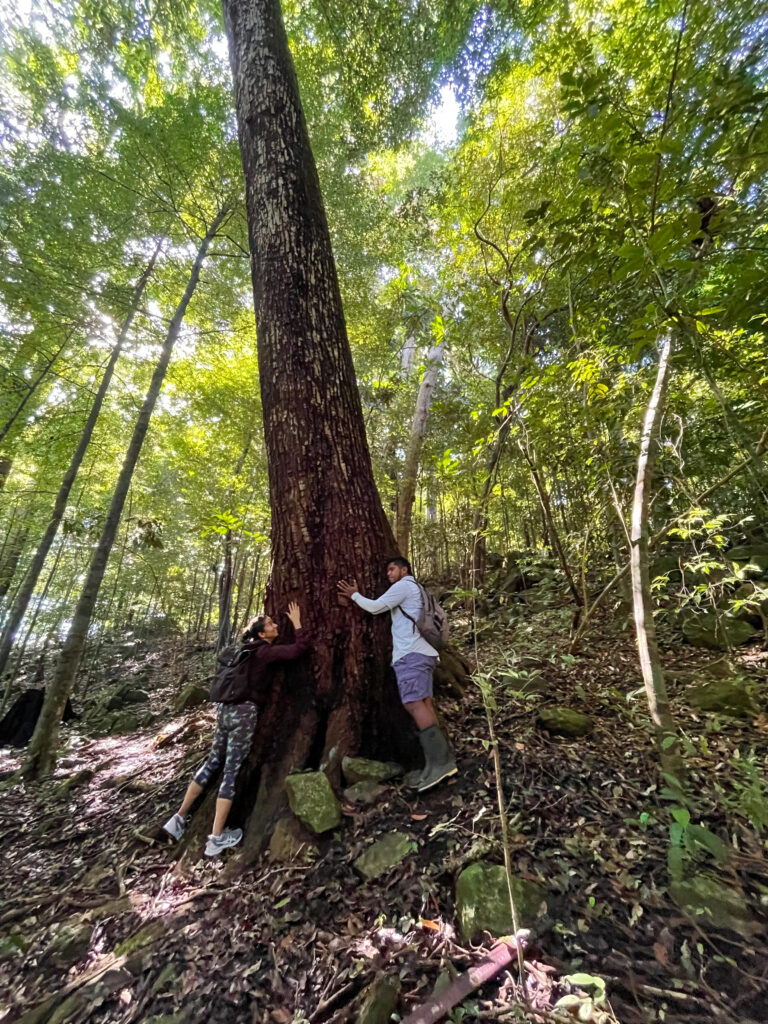
What can we learn from Chava’s friends?
Meet Foncho
Foncho, known in Panama as “Palo María”, is located on the “Secrets of the Island” trail at Isla Palenque. Once a year, Foncho will shed its leaves and on occasion, its bark. A life lesson of letting go in order to evolve and grow. For Chava, every time he hugs this tree there is a sense of liberation within.
According to Japanese folklore, Kodama is a spirit that lives in every tree. It’s something you cannot see, but can feel and appreciate it. Just like the Japanese, Chava feels that there is an indescribable feeling when it comes to trees and the connections we have with them.
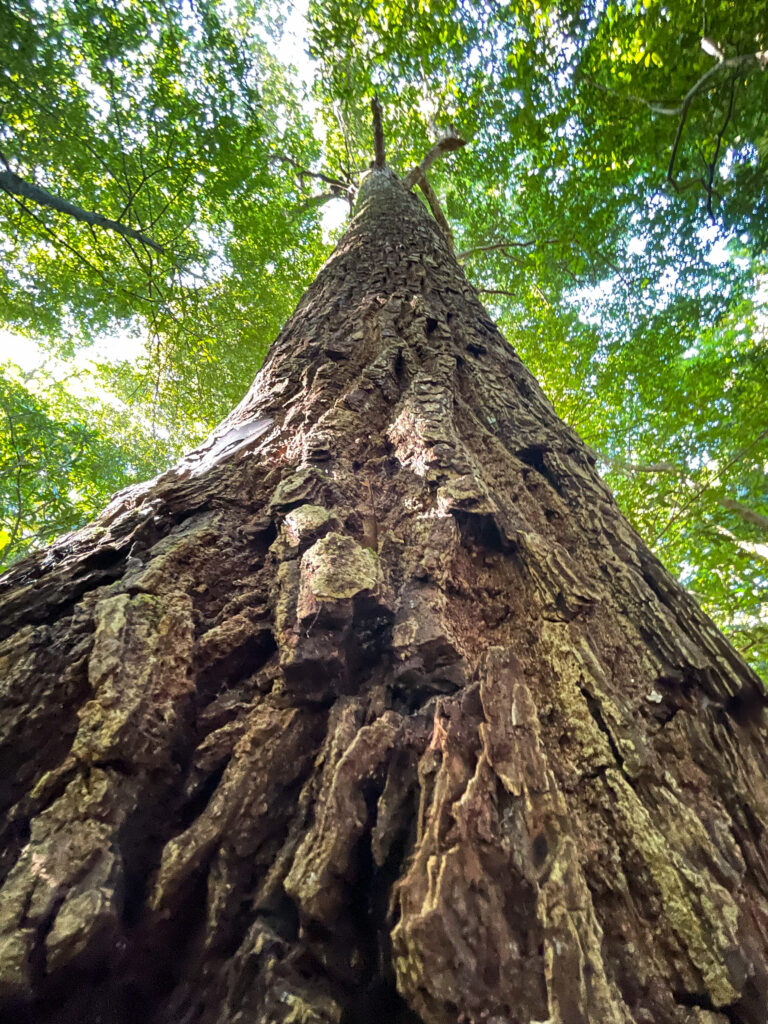
Meet Mufasa
Mufasa is known as a “Barrigón”. About seventeen meters high, Mufasa lies in the primary forest at Isla Palenque. “At first sight, it’s not a beautiful tree”, mentions Chava. Usually, these types of trees tend to grow completely straight and with a swollen trunk at the base. When you look at Mufasa, you notice his struggle for light. From the base of the trunk, the tree has bent over to find a way into the light.
“At first I didn’t notice Mufasa. I had walked this trail many times before. But in the middle of the pandemic, I noticed him for the first time and admired his resilient nature to find the light”, mentions Chava.
“Trees don’t have the ability to run away. They have to stay and face what may come.” Connie Millar, Paleocologist.
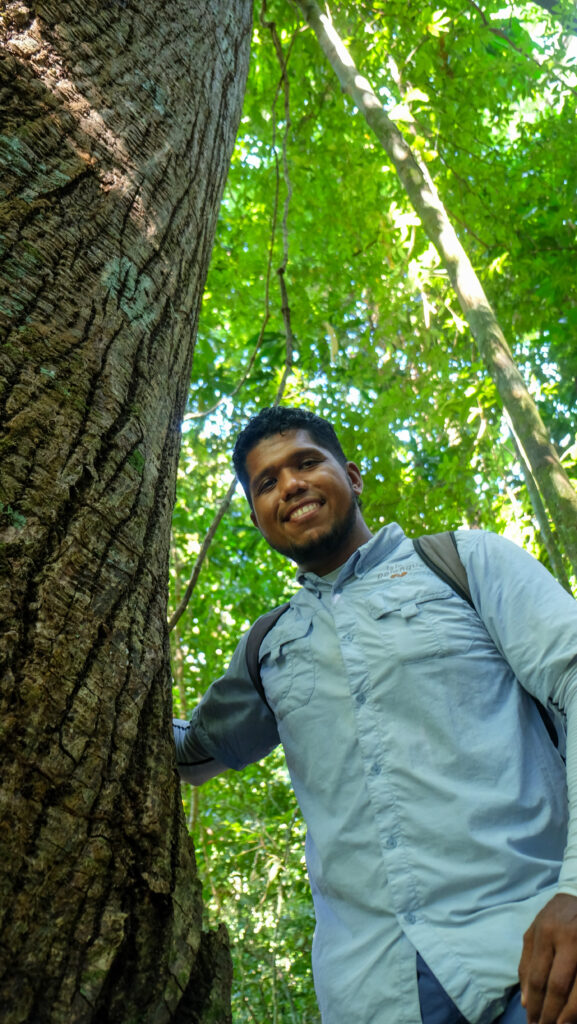
Meet Pana
Pana is short for Panamá. This is the country’s national tree. They are big and tall and for Chava, Panama trees are a source of life and great national pride. The Panama tree produces flowers and fruits that are of use to pollinators, animals, and humans. The seeds taste like cashew when cooked.
This tree is also known for its healing properties in many indigenous communities. A tea made out of its leaves and bark can help fight colds. A tea made out of its flowers can help fight insomnia.
The Panama tree is seen all over the country’s forests. A life lesson on adaptability, as it can grow in all three forest environments found in Panama.

Meet Cedro
Not yet baptized with a name by Chava, this tree is a Cedro Espinoso. Calculated to be one of the oldest trees on the island, this tree grew at the edge of the island. The rock formation and soil composition have made this tree grow half of its roots on top of the rocks. When you see the tree, you might realize that it is not always a bad thing to be caught between a “rock and a hard place”.
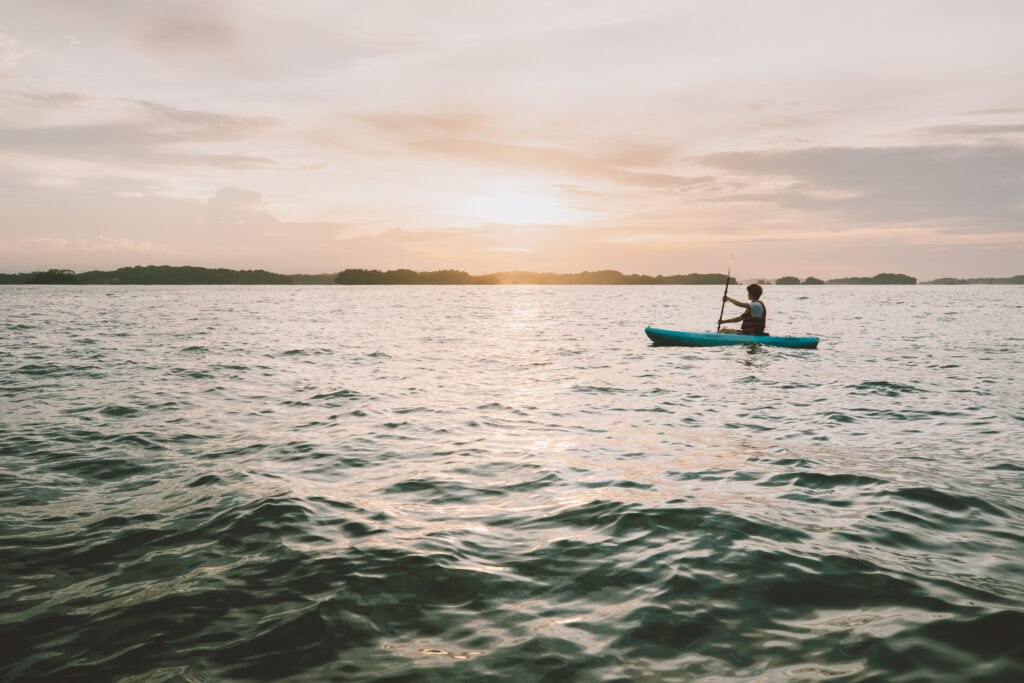
Meet Orejas
“Orejas” or ears, was named by Chava after the shape of the tree’s seed. It is the national tree of Costa Rica (Panama’s neighbor to the north) and a lesson that geographical borders are invented by us, humans. Nature knows no boundaries. Orjeas is around 100 years old and the seeds are often used for making jewelry by locals.
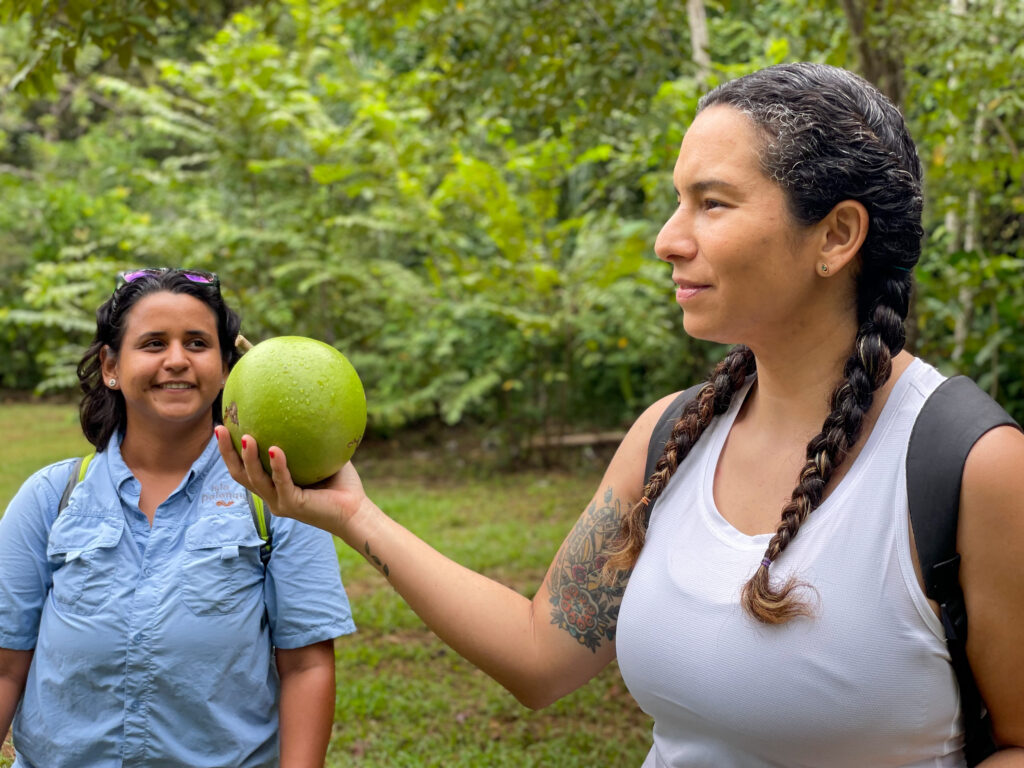
Chava’s friends are the mother trees of the Palenque Forest. Mother trees are the biggest and oldest trees in a forest. Playing a fundamental role in the forest, they act as natural protectors and as a communication channel, or as Suzane Simard calls it; the Wood Wide Web.
“Mother trees connect with their offspring and other trees via an underground network of fungi. The fungus then connects trees at their roots- allowing the tree to tree communication”, Suzane Simard, Forest Ecologist, University of British Colombia.
Although trees are not directly associated with the intelligence that human beings have, they do have the ability to communicate through their fungal highway. They are perceptive and can receive various amounts of information. This allows them to make decisions, understand threats, resource availability, amongst other things.
“Humans have their form of communication. So do trees”, mentions Chava while trailing the forest in search of his friends.
At Isla Palenque, trees play a fundamental role in a healthy ecosystem:
- The furniture at the hotel is made out of fallen trees such as Cedro Espinoso. The high-quality wood allows the woodworkers at the island to craft amazing pieces that can be seen at the casitas and hotel’s restaurant.
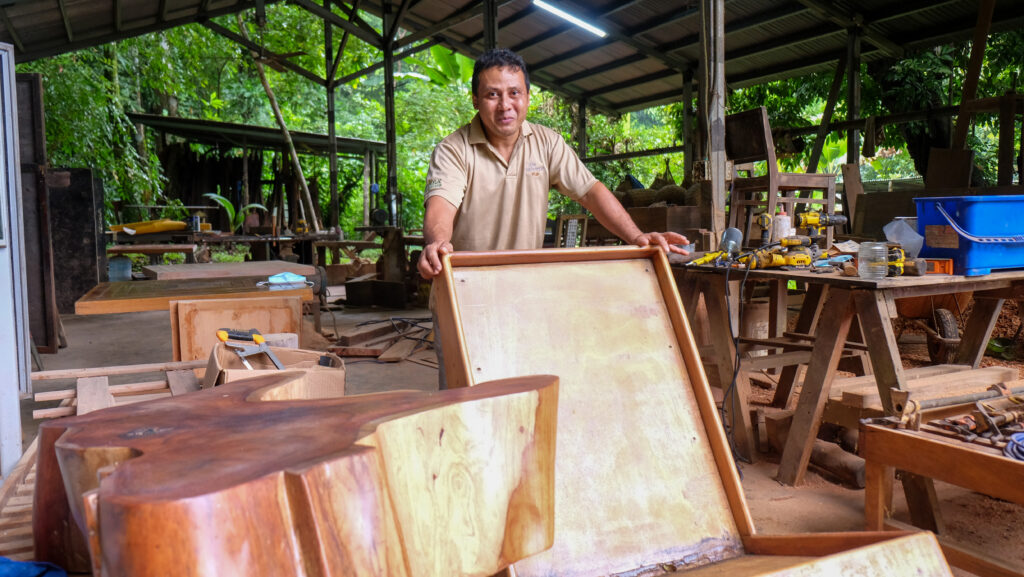
- There are over 16 different types of fruit trees that feed many of the island’s animals, such as monkeys.
- The mangrove forest at the island is a sanctuary for the reproduction of species and it is red latex is also known for its healing properties.
- Totumo trees can also be a source of entertainment. For many people in Panama, they use the dried-up fruits to turn them into musical instruments called “maracas”.
“In his bestselling book, The Hidden Life of Trees, Peter Wohlleben argues that to save the world’s forests we must first recognize that trees are “wonderful beings” with innate adaptability, intelligence, and the capacity to communicate with — and heal — other trees” Richard Shiffman
Like Peter Wohlleben, Chava’s connection to these trees continue to inspire him to teach the guests at Isla Palenque to recognize trees as sentient beings full of wisdom and wonder.



4 Responses
Interesada para una velada romántica
Gracias Kiria. Ya nuestro equipo de reservaciones le mando un correo electronico.
Hola estoy interesada en conocer sus tarifas para el mes de febrero.
Gracias Ashlyn. Ya nuestro equipo de reservaciones va estar en contacto para cotizar su estadia en febrero. Saludos.